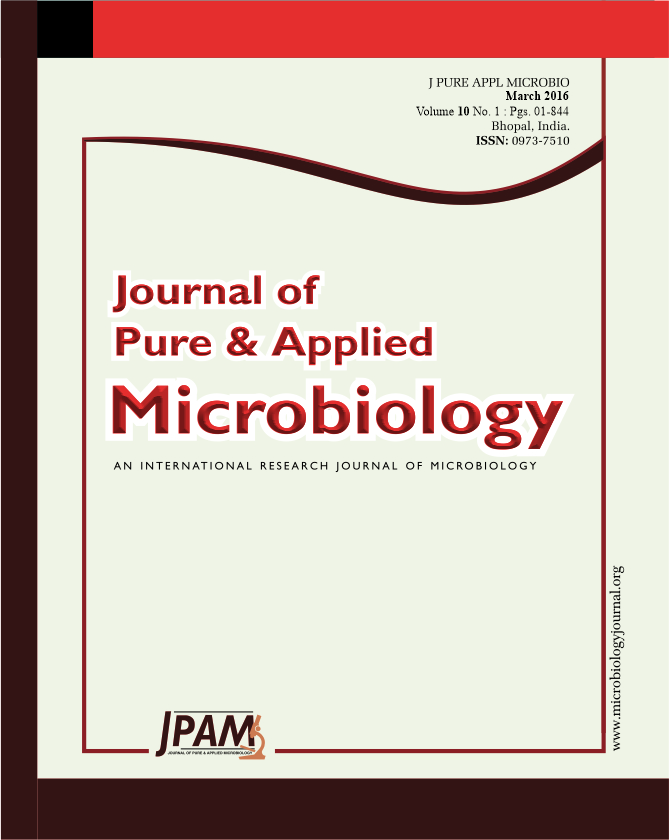Rearing of silkworm is an art and science; popularly known as sericulture and agro based cottage industries provide employment, to million in China, India, Korea and Vietnam. Investigation were carried out to know the effect of cocoon parameters of silkworm as influenced by different spacing in mulberry morus alba. L. Maximum cocoon weight and cocoon yield was recorded in 9×3 ft spacing (19.84 g/ten cocoon and 0.69 kg cocoon yield/400 worms in first rearing and 17.72 g/ten cocoon and 0.41 kg cocoon yield/400 worms in second rearing. The increase in cocoon weight is mainly due to increase in the larval weight and better nutrition. Shell weight also differed significantly between the treatments wherein maximum shell weight was recorded in 9×3 ft spacing (3.72 g/10 shells in first rearing and 3.14g/10 shells in second rearing). However, lowest shell weight was recorded in 3×3 ft spacing (2.70 g/10 shells in first rearing and 2.11 g/10 shells in second rearing). Increased filament length might be attributed to increased shell weight and increase in filament weight increases to increased filament length. Shell ratio differed significantly between treatments and maximum shell ratio was recorded in 9×3 ft spacing (18.72 per cent in first rearing and 16.17 per cent in second rearing). However, denier was found to be highest in 9×3 ft spacing (2.87 in first rearing and 2.53 in second rearing) and lowest was recorded in 3×3 ft spacing (2.01 in first rearing and 1.96 in second rearing). This might have resulted because of the better environment, nutrition and contributory factors expressed in rearing.
Spacing, Mulberry, Silkworm, Cocoon.
© The Author(s) 2016. Open Access. This article is distributed under the terms of the Creative Commons Attribution 4.0 International License which permits unrestricted use, sharing, distribution, and reproduction in any medium, provided you give appropriate credit to the original author(s) and the source, provide a link to the Creative Commons license, and indicate if changes were made.


